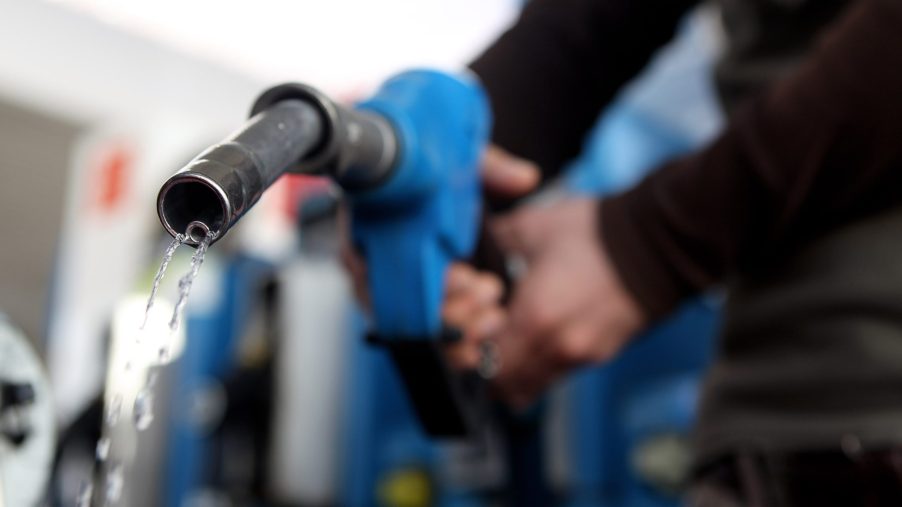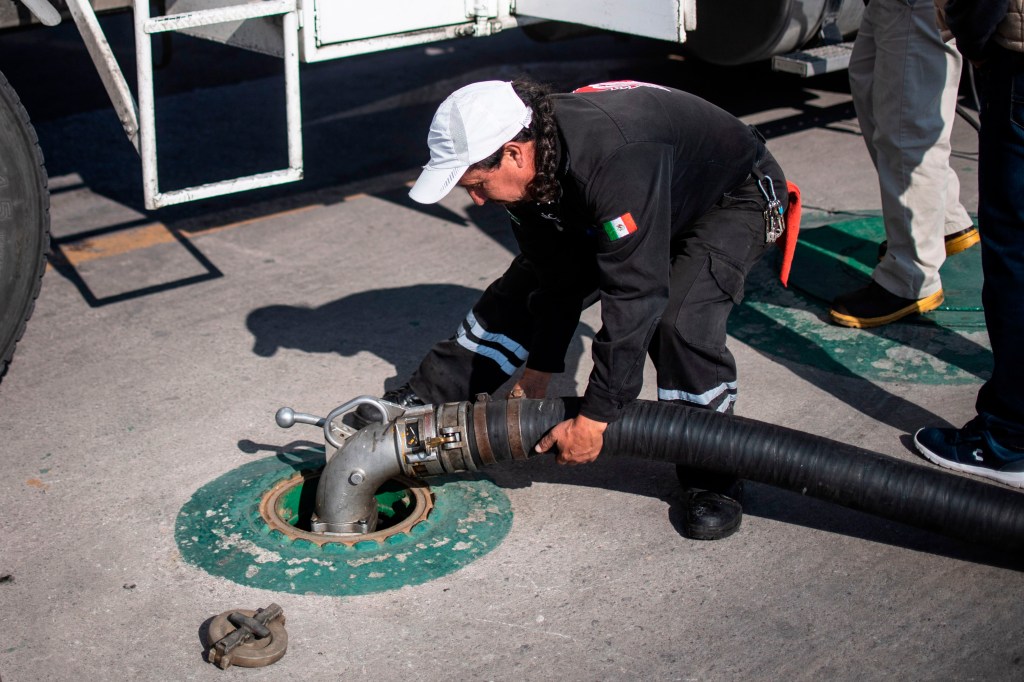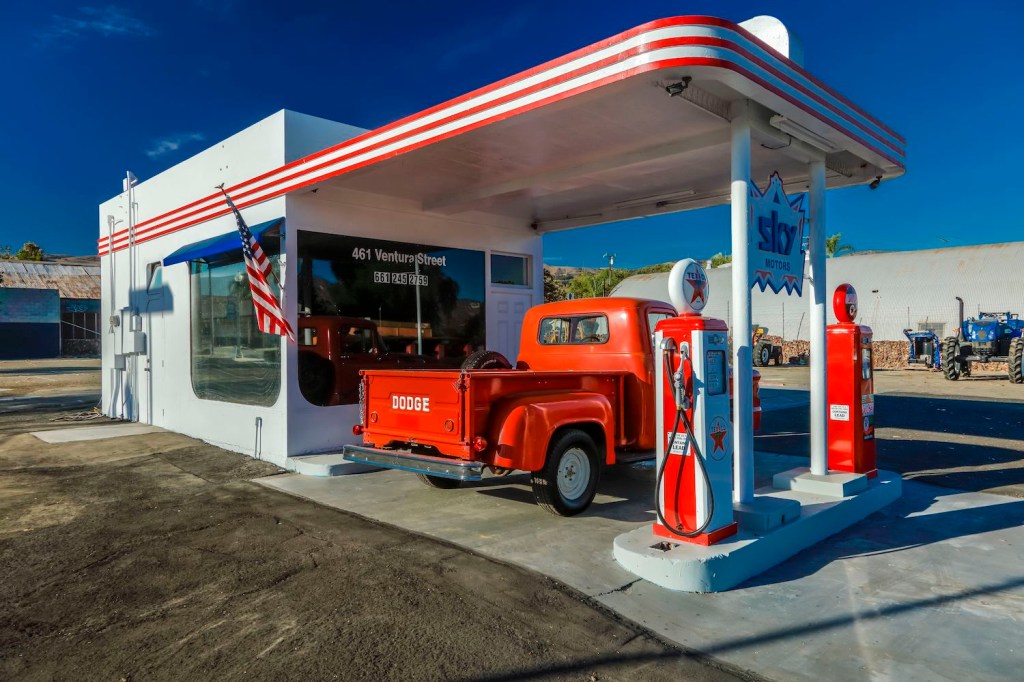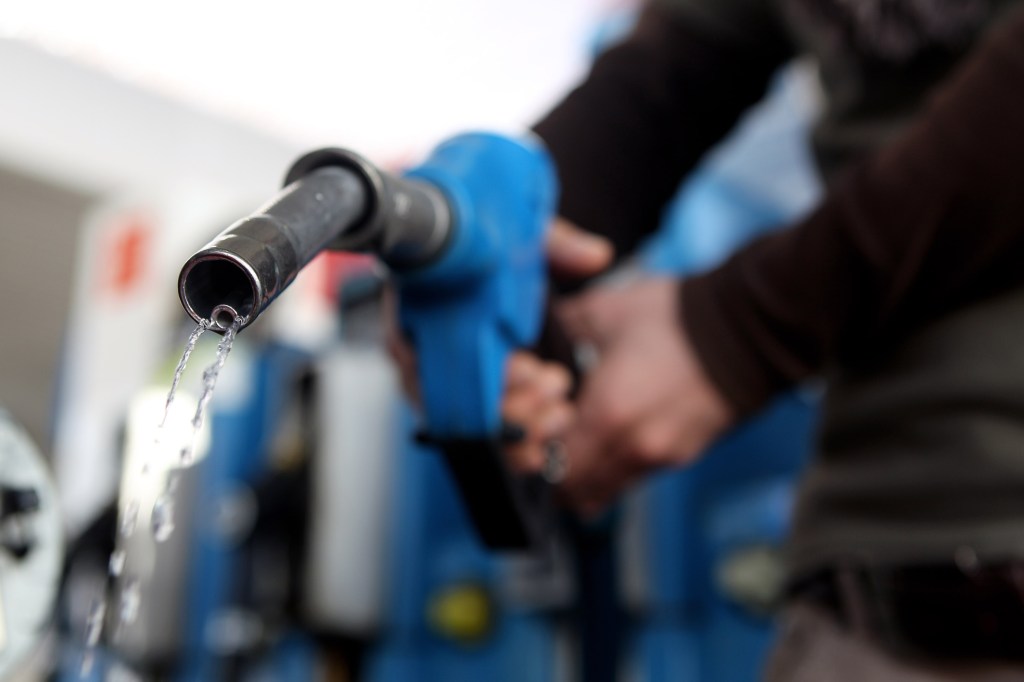
Can Buying Gas in the Morning Really Save You Money?
Car myths are a dime a dozen. While some folks argue over how much fuel using the air conditioner costs in gasoline versus rolling the windows down, some other gasoline myths need tending to. For instance, an old belief says buying gas in the morning saves you money at the pump. But is it true?

Does buying gasoline in the morning save you money?
The idea here makes sense, gasoline, like all other liquids, expands and contracts with changing temperatures. Higher temperatures cause liquids to expand, while cooler temps cause liquids to condense. In theory, the more dense the fuel, the more of the amber go-juice you get for the money.
According to Consumer Reports, the science is solid; however, the gas-buying scheme falls short due to a lack of understanding of how gasoline is stored at gas stations.
Although gasoline does expand and contract a little with temperature fluctuations, modern gas stations store the fuel in large underground tanks that really aren’t subject to much temperature change throughout the day. Craig Eerkes, former chairman of the Petroleum Marketers Association of America, says that this expansion and contraction of fuel is “Just so, so minuscule as to be almost nonexistent.”
What is the best time of day to buy gasoline?

Consumer Reports references Judy Dugan, Research Director for the California advocacy group Consumer Watchdog, who says, “The temperature variation between day and night at an individual gas station is apt to be negligible. She also notes that today’s double-walled tanks tend to keep the gasoline at the same temperature at which it’s delivered for a while. “If fuel is warm when it’s delivered to a station, it’ll still be warm when it’s sold a few hours later.”
This information simply shows that everything from fuel shipping to storage has considered the temperature issues. Even still, Consumer Reports mentions when gasoline temperatures rise from 60 to 75 degrees Fahrenheit, it increases in volume by 1 percent. However, the same energy potential is there regardless of the amount of fuel by volume.
Consumer Reports did what they do best, tested it

The research shows that fuel temps stay relatively the same throughout the day in the underground tanks, but don’t take my word for it. The folks at CR took the old car myth to the mat to figure out what’s what.
CR has an underground fuel storage tank at their testing facility. Over a few summer days in 2008, they measured the temp of each gallon of gasoline pumped from 8:30 AM to 1:00 PM. CR says that while the air temperature typically raised about 12 degrees during this time window, the fuel came out at a steady 62 degrees.
The first few gallons of fuel each day would actually be warmer than the later gallons because the fuel trapped in the pump and fuel lines would get warmer, but the fuel in the tank did not. For example, they found that the first gallon would typically measure somewhere between 8-17 degrees as compared to the tenth gallon of fuel.
Let’s talk brass tax
Technically, that 15-degree swing can provide up to 1 percent gain in volume, but this only translates to a few cents per tank of gasoline. So, if timing your fueling to the temperature is your plan to save cabbages during this fuel price hike, you might want to go back to the drawing board.



